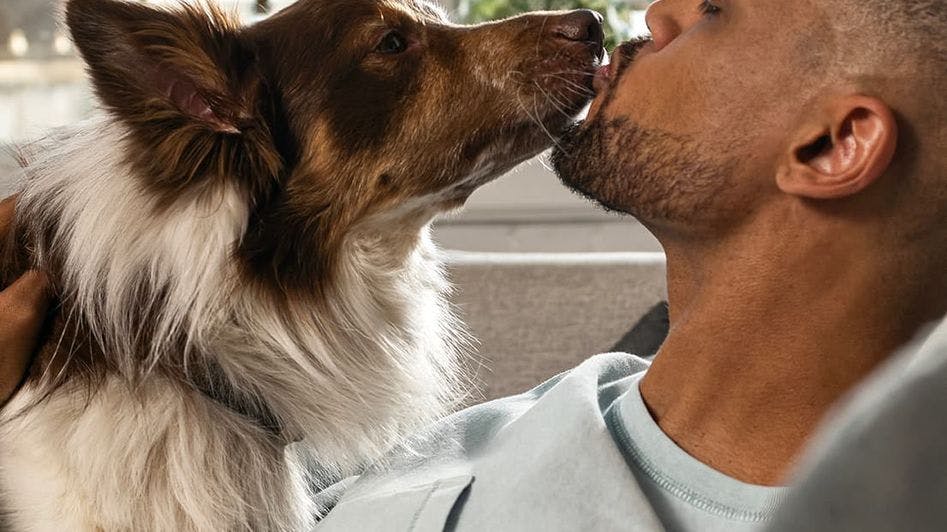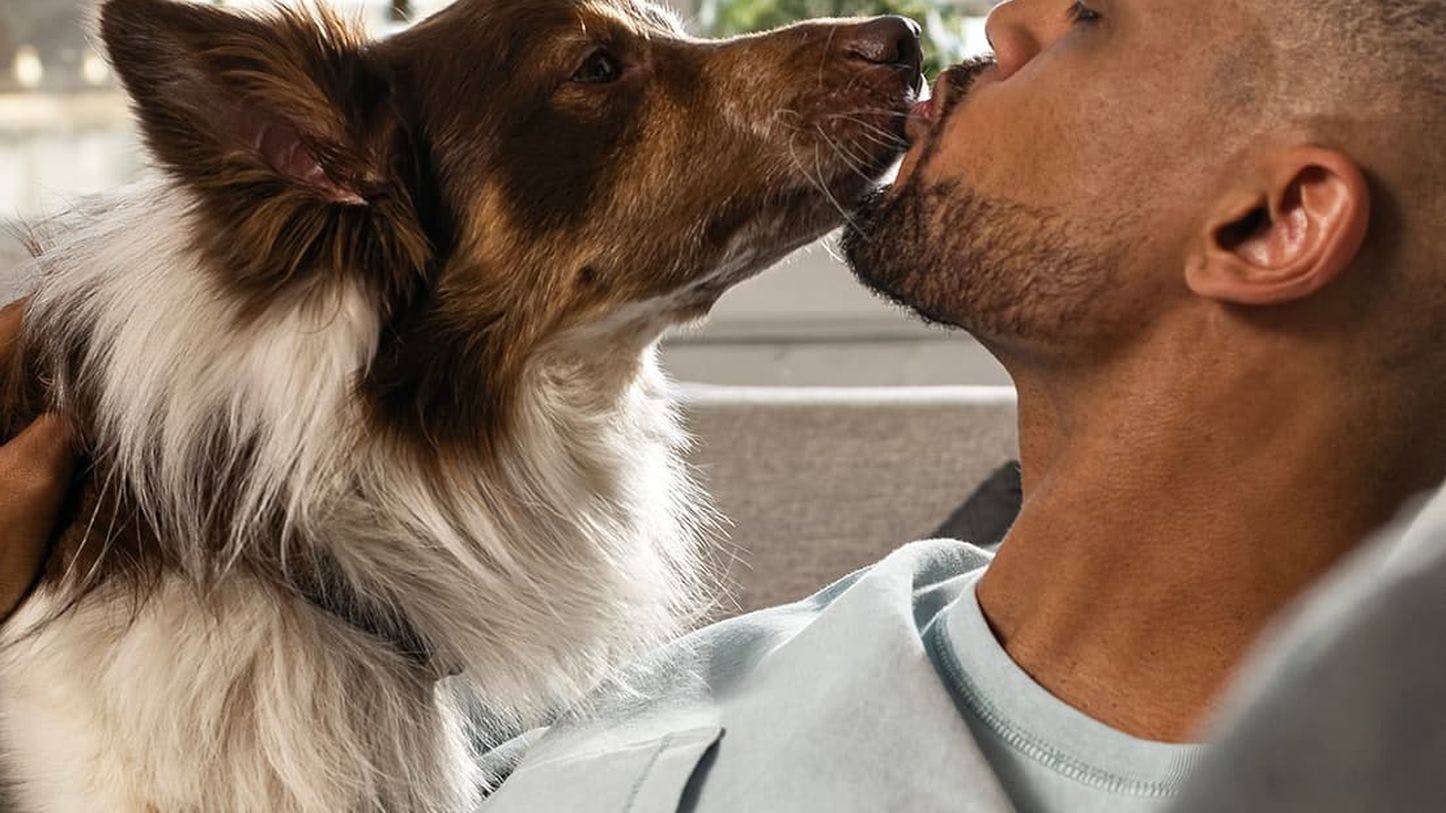
Health
5 Helpful Tips to Train a Pet to Live With a Senior
6.30.2020
Owning a pet is a rewarding experience for people of all ages but it’s just as much work no matter how old you are. No matter what type of animal you bring into your home, there will sometimes be challenges. This is especially true for senior citizens that purchase or adopt a pet because training the pet may be slightly more challenging. Seniors may not be able to move around as much as they used to or they may be dealing with other symptoms of aging such as illness or disease. If a senior is struggling to care for themself then it’s probably not wise to adopt a pet. However, if a senior is capable of caring for him or herself, a pet may be a great idea. According to Pennswood Village, “It’s been proven that the joy of pets can lower blood pressure, cholesterol levels, and reduce feelings of loneliness. They’re also a great way to increase your opportunities to spend time outdoors, get more exercise, and meet other people who also have pets.” Seniors should consider adopting an older pet that doesn’t need as much exercise and training. If you’re a senior yourself, you may have some questions about training your new pet, as training a pet may be different than it was when you were younger. Here are 5 tips to help senior citizens train their pets.
1. Teach your Pet Who’s in Charge
One of the most important things new pet owners can do is show your pet who’s in charge so your animal learns to listen to you. If you teach your pet who’s in charge early on in your pet’s life, you’ll have a better chance of controlling your pet and establishing boundaries. To teach your pet who’s in charge, show your pet that he or she needs to earn rewards, such as treats and affection, with good behavior. If your pet is being bossy or aggressive, ignore them. Only reward them with attention and treats when they are behaving in a positive way. You should also control sources of entertainment. Instead of leaving toys laying around the house, keep them picked up and give them to your pet only during times when they need entertainment. For example, if your pet starts chewing on your shoe, firmly say ‘No’ and replace the shoe with one of your pet’s toys. This will show your pet that you control what he or she gets. Another way to show your pet who’s in charge is to control access to doorways and walkways. A pet that bounds through entrances without patiently waiting can be dangerous and can cause accidents. Make your pet sit and stay before entering a space and make it a point that he or she enters after you enter.
2. Teach Your Pet to Walk on a Leash Properly
Teaching your pet to walk on a leash properly is one of the most beneficial acts of training that a pet owner can do. Although leash training mainly pertains to dogs, some cats have also been trained to walk on a leash. Teach your dog to walk by your side rather than in front of you. As you're training your dog to walk on a leash, give positive reinforcement when your dog walks calmly at your side; this will teach your animal to stay by you without distraction. One common complaint dog owners have is that their dog pulls on the leash. Aside from the discomfort of a dog pulling, if they pull too hard and a senior is on the other end, the senior is at risk of getting hurt. It’s important that you train your dog to walk without pulling. It’s common for seniors to struggle with this aspect of training, so if you’re a senior that’s having a hard time training your dog to walk on a leash properly, consider hiring a dog trainer or attending dog training classes.
3. Establish a Feeding System
Controlling your dog or cat’s feeding schedule is another important training technique to keep in mind. Make it a point to eat your food first, even if it’s just a bite, and then feed your pet. It’s also important not to let your pet beg. If your pet is begging for your food, sternly decline and turn your back to your pet. Similarly, don’t let your pet eat as soon as you put the food down; instead, allow him or her to eat once you give them the okay to start eating. In other words, make your pet sit and stay before you tell them it’s okay to eat.
4. Discourage Aggressive Behavior Early On
As you train your pet, it’s crucial that you show that you do not put up with aggressive behavior. It’s common for pets to show aggression when younger, not because they’re mean, but simply because they’re young and don’t know better yet. However, you must make sure to make it clear that you do not put up with this behavior. If you're a senior, you probably have family visiting often, and if your pet doesn't know that it’s wrong to be aggressive, he or she could hurt one of your family members by accident; especially children. As you train your pet, do not allow guarding of food, guarding of toys, or any sort of growling from your pet; and of course, do not allow overly aggressive rough play.
5. Make Potty Training a Priority
No matter the kind of pet you have, you must make it a priority to teach it when and where to go to the bathroom. As a senior, you may not get around as quickly as you did in your younger years, so limiting the number of accidents your pet has is crucial. Potty training is a challenge but as long as you put in the effort and time, your pet will learn fast. Offer your pet routine potty breaks to help them get on a schedule, remembering to always give your pet a potty break before bed and first thing in the morning. Offer rewards and praise to your pet when they successfully go potty in the right spot; this is the easiest way to train your pet.
Try These Training Tips
Every pet needs to be trained properly in order to be happy, healthy and well-adjusted. A well-trained pet offers companionship for those who may have lost friends, family, or a significant other. Dogs and cats offer joy and love to people of all ages but can be especially beneficial for seniors who may be lonely. Additionally, seniors are often retired and may have more time to properly train a pet. If you're a senior and a new pet owner, keep these tips in mind to help ensure a great quality of life for you and your new pet.
About the Author: Kelsey Simpson lives in South Jersey with two German Shepherds. She spends her free time writing and volunteering at animal shelters.
For more information on Vital Essentials and our full product line, follow us on TikTok and Instagram. And if you have any questions, be sure to check out our FAQ page for answers. Together, we can ensure your pet gets the proper nutrition they deserve.





